Are tight hamstrings causing discomfort or limiting your range of motion? Incorporating regular hamstring stretching exercises into your fitness routine can help alleviate these issues. In this guide, we’ll explore a series of effective stretches designed to target and lengthen your hamstring muscles. Whether you’re a runner, soccer player, or engage in any sport, incorporating hamstring stretching exercises into your routine can make a significant difference. In this comprehensive guide, we’ll explore a range of hamstring stretches that are adaptable to any sport, helping you achieve peak performance.
Why stretching hamstrings is essential
Stretching your hamstrings is crucial for maintaining overall flexibility and preventing a range of musculoskeletal issues. These powerful muscles run along the back of your thighs and play a significant role in various daily activities and sports.
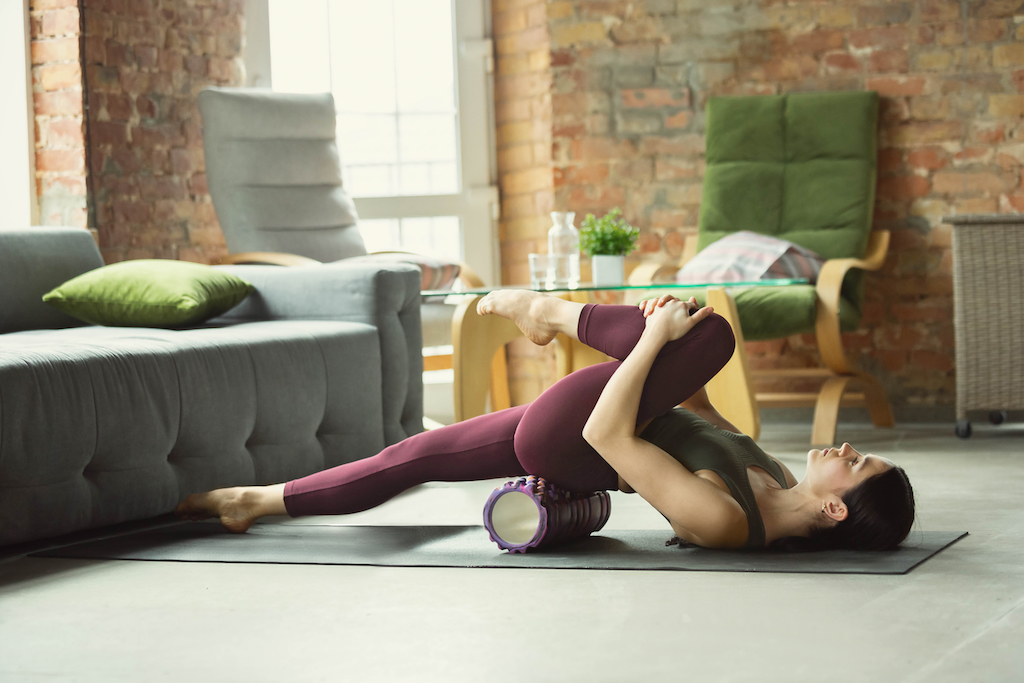
Firstly, hamstring flexibility is vital for preventing injuries. Tight hamstrings can lead to muscle strains, particularly during activities that require sudden bursts of speed or changes in direction, like running or playing sports. Regular stretching can enhance the elasticity of these muscles, reducing the risk of such injuries.Secondly, flexible hamstrings can improve your posture. Tight hamstrings can pull the pelvis downward, causing a posterior pelvic tilt, which can lead to lower back pain and poor posture. Regular stretching helps maintain proper alignment of the pelvis and spine.Lastly, hamstring stretches can alleviate lower back pain. As they connect to the pelvis, stretching them can alleviate tension in the lower back, providing relief from discomfort and improving overall comfort.Incorporating hamstring stretches into your daily routine enhances your physical well-being, making it an essential component of any fitness or wellness regimen.
Effective hamstring stretches for improved flexibility
Start your routine with a simple yet effective standing hamstring stretch. Ideal for those with limited mobility or recovering from injuries, the seated hamstring stretch teaches the correct technique for a safe and effective stretch. Enhance your hamstring stretch using a towel to deepen the stretch and reach your flexibility goals. If you’re seeking a more intense and satisfying stretch, incorporate a resistance band.
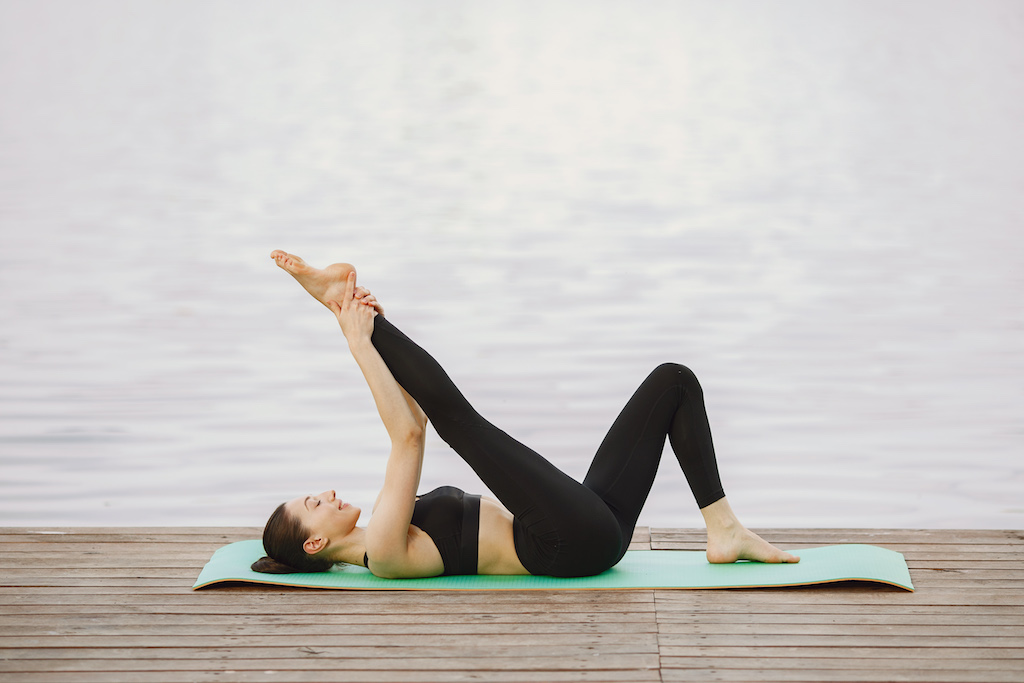
Dynamic hamstring stretches improve flexibility while preparing your muscles for activity. Explore a series of dynamic stretches to add to your warm-up routine. Discover yoga poses designed to target hamstring flexibility while promoting relaxation and stress relief. Learn about common mistakes people make when stretching their hamstrings and how to avoid them to prevent injuries and achieve optimal results. Finally, understand why regular hamstring stretches are essential for injury prevention, enhanced athletic performance, and overall well-being.
Transform your TV into your personal gym!

Effective hamstring stretches: best equipment for optimal results
When it comes to effective hamstring stretches, you don’t necessarily need special equipment. However, some tools and equipment can certainly enhance your stretching routine and help you achieve optimal results. Here are some of the best equipment options to consider for optimal hamstring stretching:
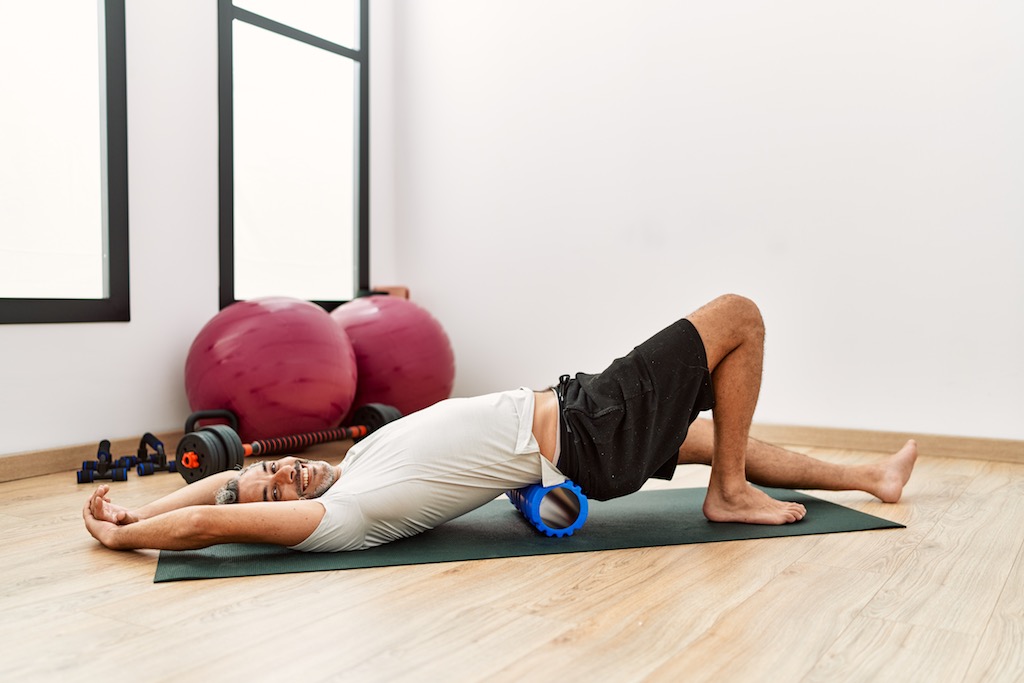
Foam roller:
- Benefits: A foam roller can help release tension in the hamstrings and increase blood flow to the muscles.
- How to use: Place the foam roller under your hamstrings and gently roll back and forth, targeting any tight spots.
Resistance bands:
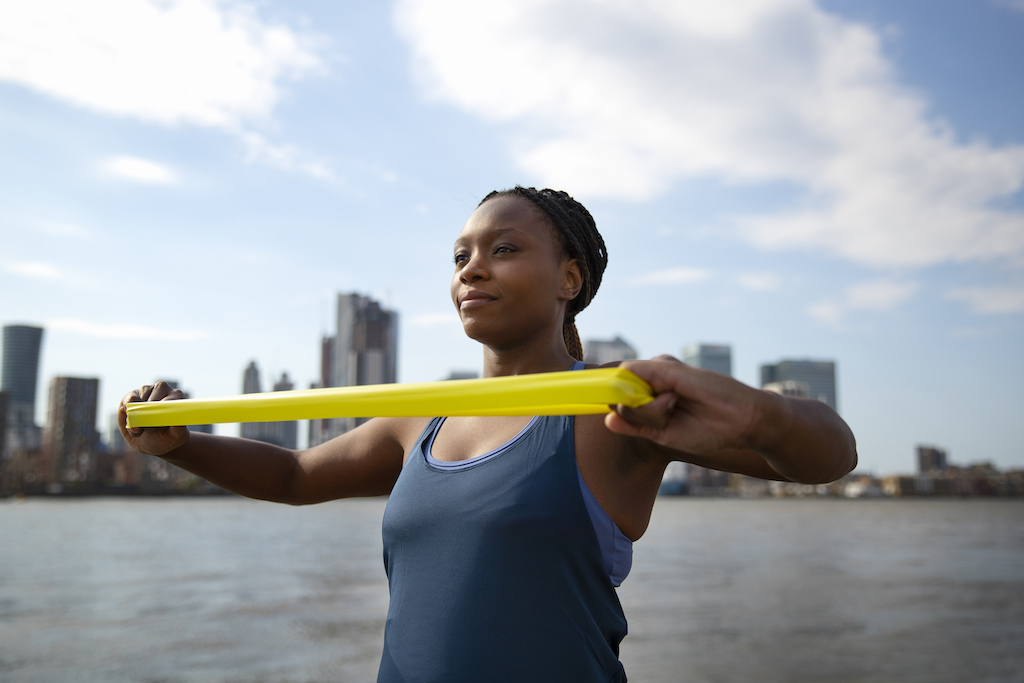
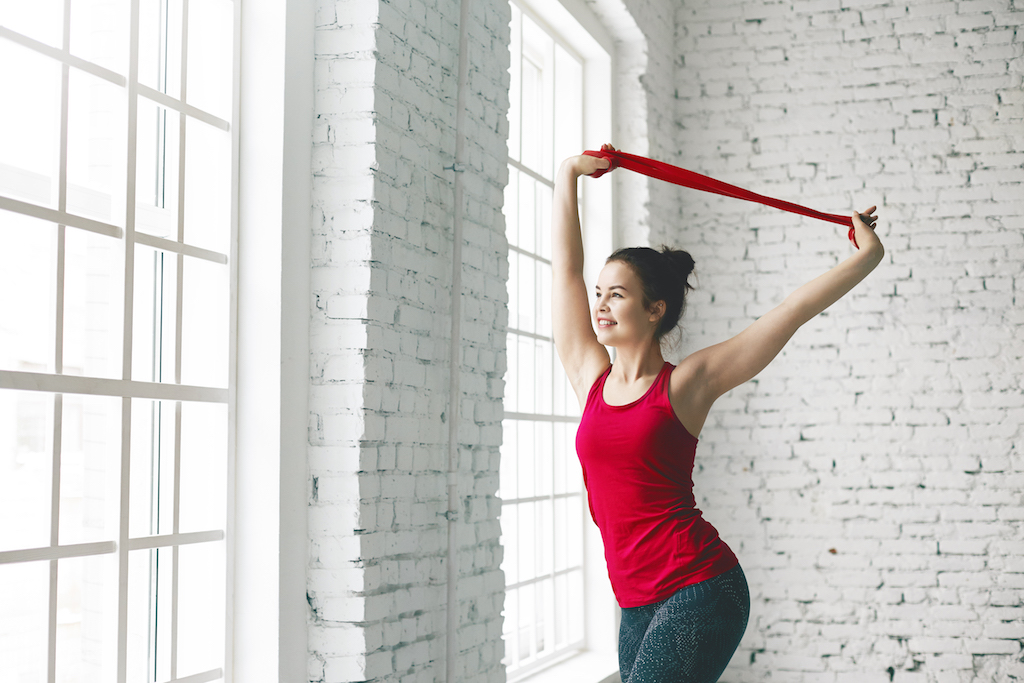
Yoga strap:
- Benefits: A yoga strap is great for improving hamstring flexibility, especially if you have limited range of motion.
- How to use: Loop the strap around your foot and gently pull your leg towards you, holding the stretch for 20-30 seconds.
Stability ball:
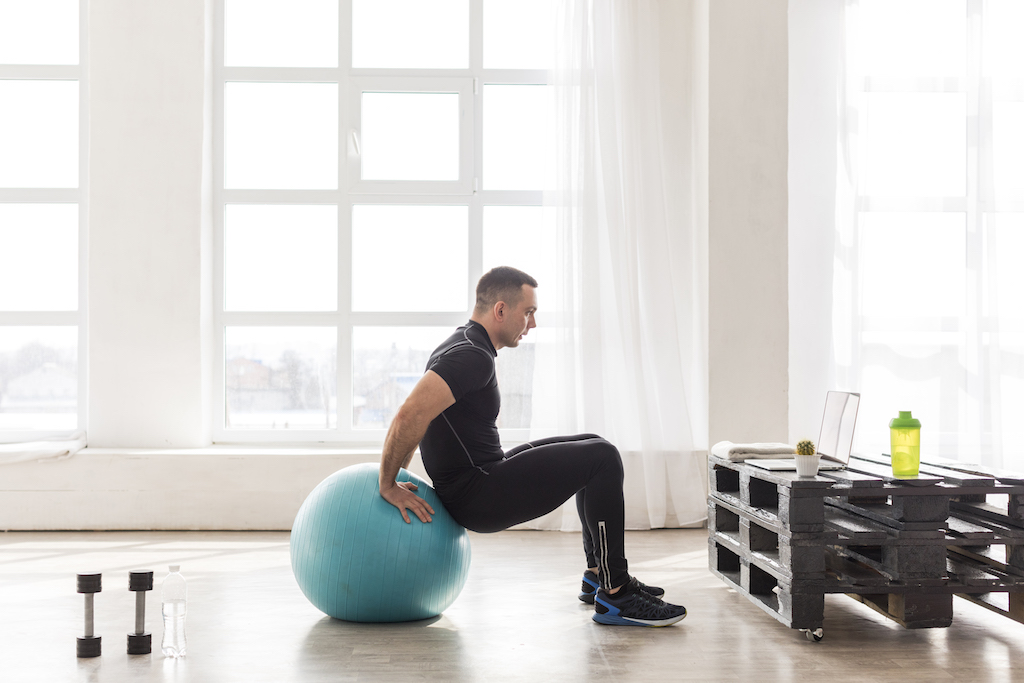

Pilates reformer:
- Benefits: A Pilates reformer offers a controlled environment for precise hamstring stretches and overall body strengthening.
- How to use: Utilize the reformer’s straps and footbar for a variety of hamstring stretches under the guidance of a trained instructor.
Incorporating regular hamstring stretches into your routine is crucial for flexibility, injury prevention, and overall well-being. This guide offers a range of effective stretches suitable for all, including athletes.
Why are these stretches essential? They prevent injuries, enhance posture, and relieve lower back tension. From basic to advanced stretches, we’ve covered them all. We’ve also recommended equipment like resistance bands and yoga straps for those seeking more.
Elevate your hamstring stretching, reduce injury risks, and improve flexibility by integrating these stretches into your routine. Start today for a healthier, more flexible you.

The Fit Shop offers all the fitness equipment you’ll need in your Fit at Home workouts and more. The shop also offers a range of Food Guides, providing you with amazing, healthier recipes. We’re excited that we can cater to all your fitness needs
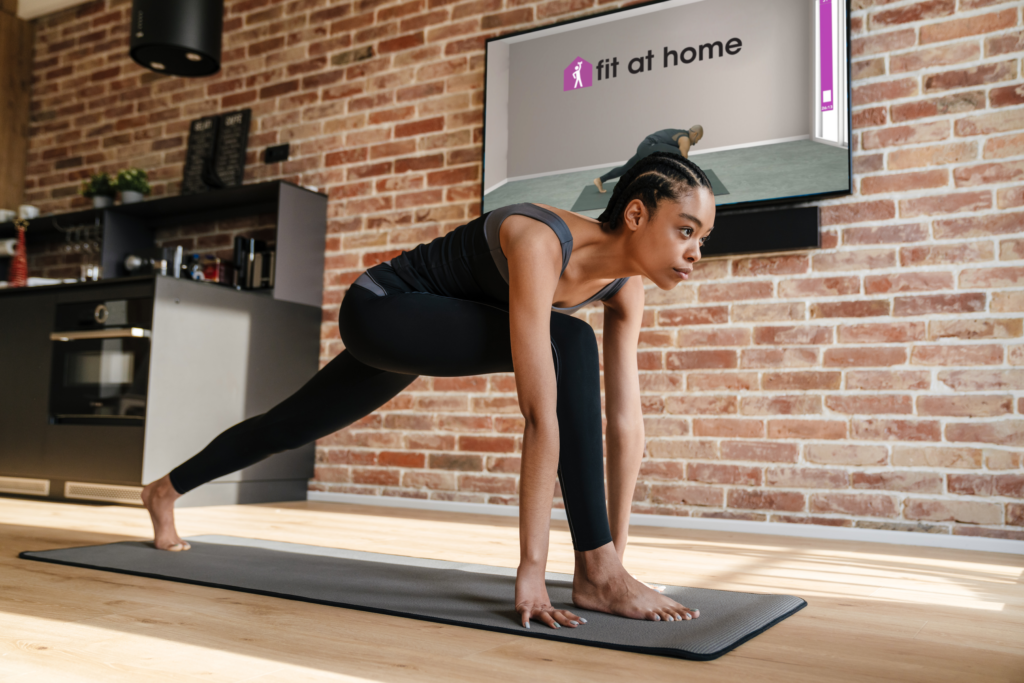
Pilates & Fit
Our Pilates & Fit workouts will improve your balance, flexibility, strength and coördination, while also releasing stress and help your concentration to keep your body & mind in great condition. Lewis is the right professional trainer to get better in Pilates!
Incorporating Pilates into your fitness routine can be an excellent way to improve flexibility, strength, and overall well-being, including addressing hamstring tightness. Pilates, with its emphasis on core strength, controlled movements, and flexibility, complements hamstring stretching by targeting multiple muscle groups and promoting overall body awareness. Here’s how Pilates can be beneficial for hamstring flexibility:
- Lengthening and strengthening
- Targeted Isolation exercises
- Focus on the core
- Dynamic stretching with pilates movements
- Improving body awareness
- Controlled breathing
- Use of props
- Full-body integration
Fit at Home
Besides the Pilates workouts, we have a lot of other home workouts for the whole family. Like Kids & Fun, Bodyweight & Fit, Pregnant & Fit and more! You can achieve your fitness goals with Fit at Home. Whether you want to gain muscle, lose weight, release stress with of meditation etc.
Stretching is a crucial component of any workout routine, contributing to flexibility, range of motion, and injury prevention. Here are some effective hamstring stretches you can try without any equipment:
- Standing hamstring stretch: Stand up straight and extend one leg in front of you, with your heel on the ground and toes pointing upwards. Slowly lean forward from your hips, keeping your back straight, until you feel a gentle stretch in the back of your thigh. Hold for 20-30 seconds, then switch legs.
- Seated hamstring stretch: Sit on the floor with your legs straight out in front of you. Gently lean forward from your hips, reaching for your toes or as far down your legs as you can comfortably go. Hold this position for 20-30 seconds, feeling the stretch in your hamstrings.
- Lying hamstring stretch: Lie on your back with one leg extended straight on the floor and the other leg raised toward the ceiling. Grasp the back of your raised leg with both hands, gently pulling it toward you to feel a stretch in the hamstring. Hold for 20-30 seconds, then switch legs.
- Wall hamstring stretch: Lie on your back and extend one leg straight up against a wall, keeping the other leg bent on the floor. You should feel a gentle stretch in your hamstring. Hold for 20-30 seconds, then switch legs.
Remember to breathe deeply and consistently during each stretch, and avoid overexerting yourself. It’s important to warm up your muscles before stretching and to stretch regularly for optimal results.
The benefits of regular stretching
Regular stretching is a fundamental component of a healthy lifestyle, offering a wide array of benefits that contribute to both physical and mental well-being. Incorporating stretching into your routine, whether you’re an athlete or someone with a sedentary lifestyle, can make a significant difference. Here are some key benefits of regular stretching:
- Improved flexibility and range of motion:
- Stretching helps to lengthen muscles and tendons, leading to increased flexibility. This, in turn, enhances your range of motion, allowing for better movement in joints and reducing the risk of injury.
- Enhanced athletic performance:
- Athletes can experience improved performance through regular stretching. Dynamic stretching before activities helps prepare the muscles for movement, while static stretching afterward can aid in muscle recovery and reduce soreness.
- Reduced muscle tension and stiffness:
- Stretching promotes the release of muscle tension and stiffness by increasing blood flow to the muscles. This can alleviate discomfort associated with tight muscles and contribute to a more relaxed and comfortable feeling in the body.
- Better posture:
- Many people spend long hours sitting at desks or engaging in activities that contribute to poor posture. Stretching exercises targeting specific muscle groups can help correct imbalances, leading to improved posture and a reduced risk of back pain.
- Stress relief and relaxation:
- Stretching is not only a physical activity but also a mental one. Incorporating deep breathing and mindful stretching can trigger the relaxation response, reducing stress levels and promoting a sense of calm.
- Improved circulation:
- Stretching increases blood flow to the muscles, promoting better circulation throughout the body. Improved blood flow means that muscles receive more oxygen and nutrients, enhancing overall health and aiding in muscle recovery.
- Injury prevention:
- Regular stretching plays a crucial role in injury prevention. By maintaining flexibility and ensuring that muscles are properly warmed up before engaging in physical activities, the risk of strains, sprains, and other injuries is significantly reduced.
- Enhanced joint health:
- Stretching helps to maintain the health of joints by promoting proper alignment and reducing the risk of stiffness. This is particularly important as we age, as regular stretching can contribute to joint longevity and functionality.
- Boosted energy levels:
- Engaging in stretching can provide an energy boost, especially when done in the morning or during a midday break. Stretching increases blood flow, delivering more oxygen to the brain and muscles, leaving you feeling more invigorated and alert.
- Positive mental outlook:
- The mind-body connection is evident in the benefits of stretching for mental health. Regular stretching can alleviate feelings of tension and contribute to a positive mental outlook, reducing anxiety and promoting a sense of well-being.
The benefits of regular stretching extend far beyond flexibility alone. From improved athletic performance to stress relief and enhanced joint health, incorporating stretching into your daily routine is a simple yet powerful way to invest in your overall health and quality of life. Whether you’re a fitness enthusiast or someone looking to improve their well-being, dedicating time to regular stretching can yield lasting and meaningful benefits.